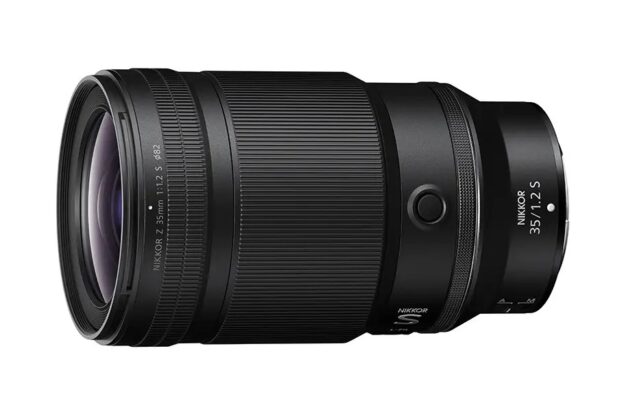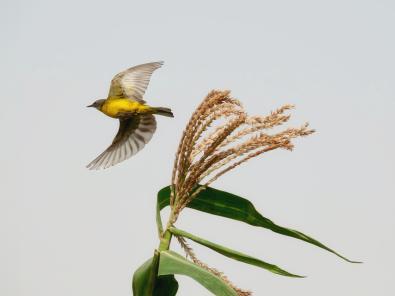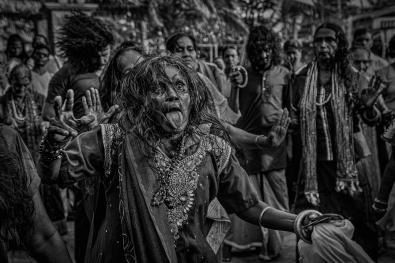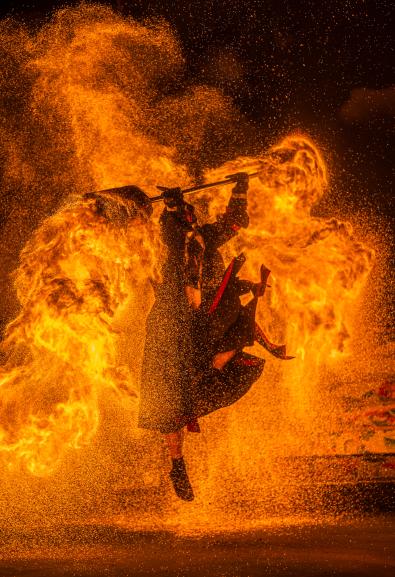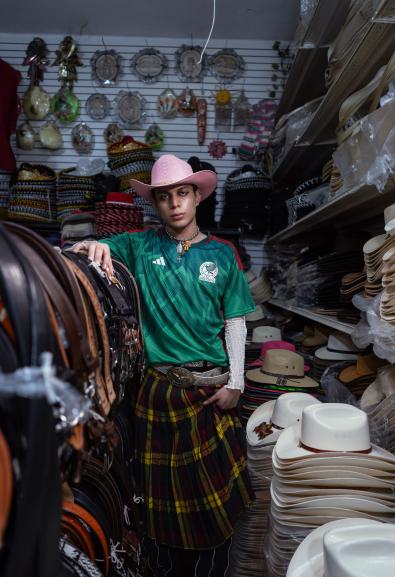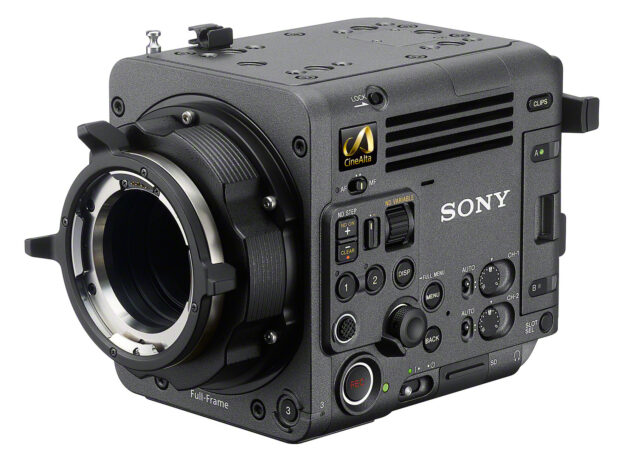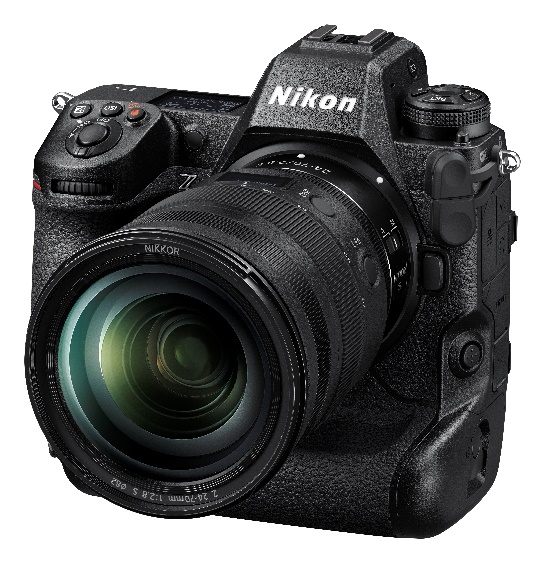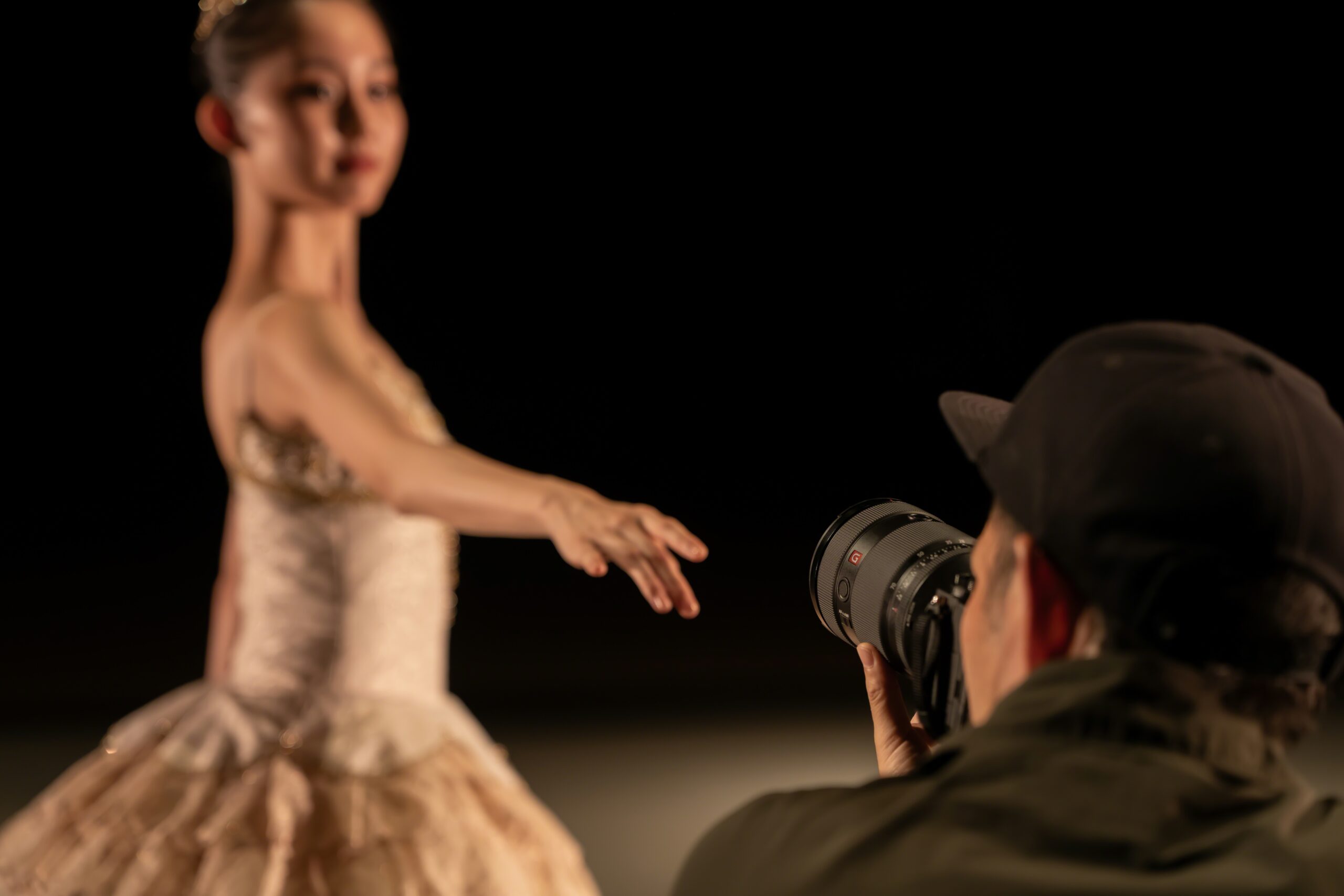The fourth edition of the Chennai Photo Biennale takes its primary inspiration from Dayanita Singh’s ongoing exploration “#whyphotograph”. The biennale will showcase diverse practices by artists who are reshaping dominant narratives by addressing gaps in representation, remixing colonial visual vocabularies with native avant garde aesthetics, by shifting the gaze from the lone photographer to forge an ethic of care and collective authorship. The Biennale will encompass 20+ exhibitions and several programmes across the 90 days. The CPB Edition 4 opens in 2 phases.
The CPB4 is organised with the support of Goethe-Institut Chennai as the primary partner in association with The Hindu Made of Chennai and Palladium Partners – TNQ Publishing | Photo South Asia.
Phase 1 opens on December 20, 2024 with ‘Vaanyerum Vizhuthugal’ (Roots that reach for the sky) – 12 lens-based artists across Tamil Nadu curated by Jaisingh Nageswaran. It’s a project by CPB Foundation in collaboration with Goethe-Institut Chennai in association with The Hindu, Made of Chennai. The participating artists are – Alina Tiphagne, Aishwarya Arumbakkam, Arun Karthick, Brinda Anantharaman, Krithika Sriram, Osheen Siva, Priyadarshini Ravichandran, Sathish Kumar, Shankar Raja Narayana, Sridhar Balasubramaniyam, Steevez Rodriguez and Vivek Mariappan.
Next in Phase 1 will be ‘It’s time. To see. To be seen’ – Women responding to the world through photographic practices. Its a project by CPB Foundation in collaboration with Goethe-Institut Chennai, British Council, Pro Helvetia and the French Institute. The participating artists are – Ann Griffin (Switzerland), Bhumika Saraswati (India), Delphine Diallo (France/USA), Farheen Fatima (India), Fast Forward Collective (UK), Hannah Cooke (Germany), Indu Antony (India), Kiki Strietberger (Germany), Nony Singh (India), Offset Projects (India), Prarthna Singh (India), Radha Rathi (India), Samar Hazboun (Palestine).
CPB Invited Projects in December 2024 are – ‘Madras, Margazhi & Music’ Portraits by Amar Ramesh; ‘Common Nouns’; and ‘Light Salt Water’ by Sujatha Shankar Kumar.
Phase 2 opens on January 17, 2025 with ‘Love and Light’ – A Site of Infinite Possibilities. Its Sunil Gupta retrospective curated by Charan Singh and presented by Tarun and Tarana Sawhney. It is supported by Avtar Foundation for the Arts, Sid Khanna & Meher Varma, Payal and Annurag Khanna.
Next in Phase 2 wil be ‘What Makes Me Click!’ – Celebrating & spotlighting 20 photography projects by children globally curated by Chennai Photo Biennale Foundation and the Children’s Photography Archive, UK, with support from Rohini Nilekani Philanthropies.
Participating institutions and artists include the Tamil Nadu School Department & Palani Kumar (India), Fawood and Curzon Nursery Schools & Catherine Rive (UK), Children’s Photography Archive (UK), CEDAR Coimbatore, Girl Museum (UK), Nirmal Bhartia School (India), Fotohane Darkroom (Turkey), Fotokids (Guatemala), Through the lens (South Africa), Art Reach (India), Bronx Documentary Centre (USA), Anjali House with Angkor Photo Festival & Workshops (Cambodia), Objectifs Centre (Singapore), Museum of Photography (Greece), Photoworks, The National Gallery, London and Brighton & Hove Museums, Alejandra Carles-Tolra (UK), Prakriti School (India), Chennai Photo Biennale Foundation (India), Chinky Shukla (Rajasthan), Ibn Rushd Fund, Qattan Child Centre Gaza, Asmaa Seba (Gaza).
The exhibition will be curated as an interactive installation designed by The Architecture Story along the museum campus with photographs as well as engaging playful activities for all ages including a pinhole camera.
‘CPB4 Open Call Showcase’ features 40 photographers for the first time via an open call. Entries were received from across 30 countries. The exhibition will showcase single images and photo essays selected by an established international jury including Alessia Glaviano – Head, Global PhotoVogue (Milano); Brendan McCleary – Curator, PHOTO Australia (Australia); Gwen Lee – Co-founder & Director, DECK, Singapore International Photography Festival (SIPF-Singapore); Joseph Radhik – Co-founder – Stories (India); Julie Héraut – Head of Exhibition & Research, Le Bal Paris (Paris); Michael Weir – Director, Belfast Photo Festival (UK); Smita Sharma – Visual Journalist (India); Umah Jacob – Director of External Relations & Outreach, India Art Fair (India); Varun Gupta – Managing Trustee, CPB Foundation Director (India).
The CPB – Photoworks Darkroom Residency Showcase, showcasing works by artists from India and UK – Ārun (Chennai), Holly Birtles (UK) and Soham Joshi (UK). The show is supported by the British Council.
CPB Invited Projects in January 2025 are – ‘For the love of…’ Cop Shiva and Lim Soo-Sik curated by Nandini Valli Muthiah; ‘Time Present Time Past’ by Sebastian Cortez; ‘Photography Strictly Prohibited’ A retrospective of Navroze Contractor by Navjivan Trust and National Photography Festival; ‘Lalit Mohan Sen Archives – An Enduring Legacy’ by Emami Art; ‘The Architecture of Remembrance’ by Debasish Mukherjee; ‘Artist Through The Lens’ by Manisha Gera Baswani.
CPB Primary Shows in February 2025 are: ‘Kaana Katral’ – Learning to see – Graduate students’ work from Dr MGR Janaki College for Women and Tamil Nadu Government MGR Film & Television Institute, Chennai. The exhibition showcases 15 students’ works on visual storytelling supported by Photo South Asia and Murthy Nayak Foundation; ‘Hey!’ – The exhibition features photographs made by people with disabilities and neurodivergence.
CPB Invitation Shows in February 2025 are ‘Limits of Change’ by Parvathi Nayar and Nayantara Nayar; ‘Art in Prison’ by Rahimunisa Begam; ‘Footprints on the moon’ by Dheeraj Khandelwal.
CPB Invitation Shows in March 2025 are: ‘Indianisms’ by Prashant Panjiar; ‘So far and Henceforth’ by Nandini Valli Muthiah.
Key programmes on weekends include – public openings, talks, panel discussions, exhibition tours, workshops, film screenings, poetry intervention and more.




